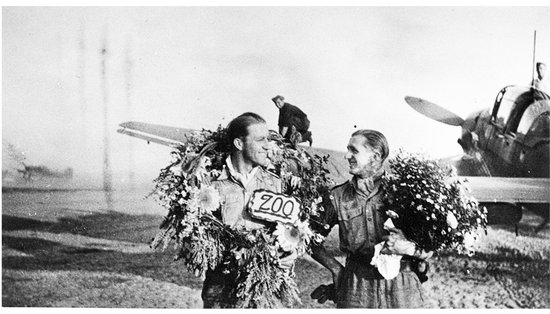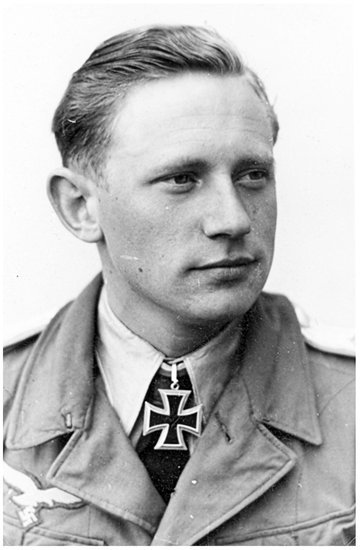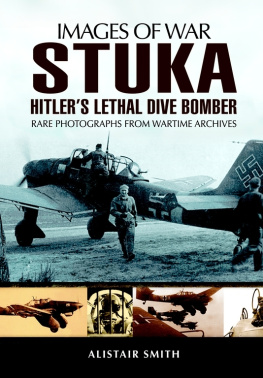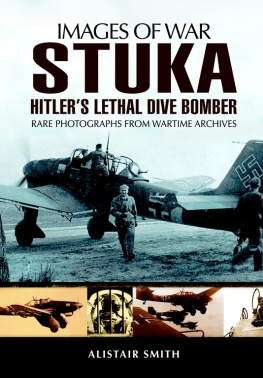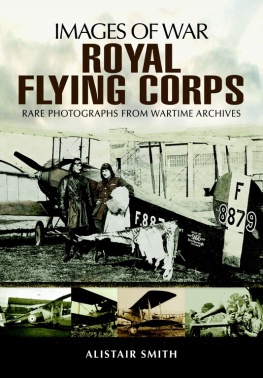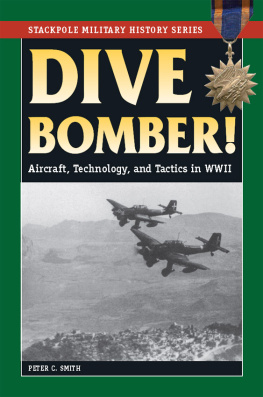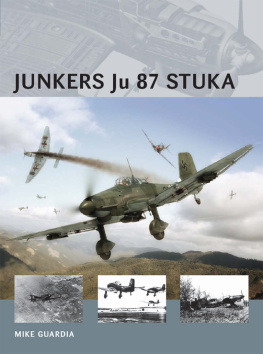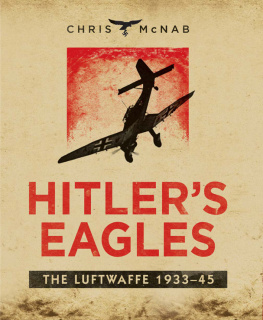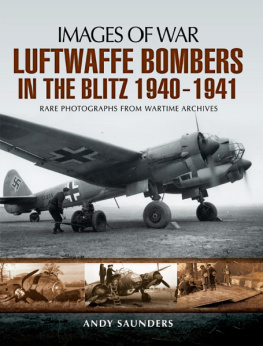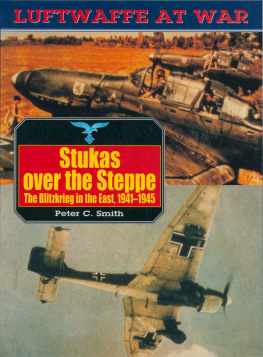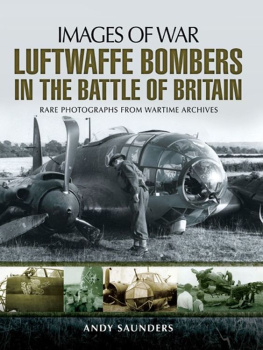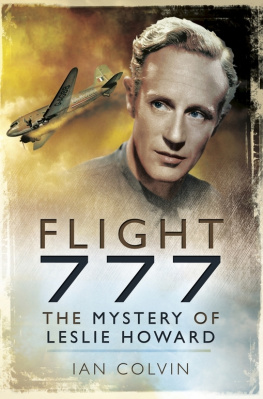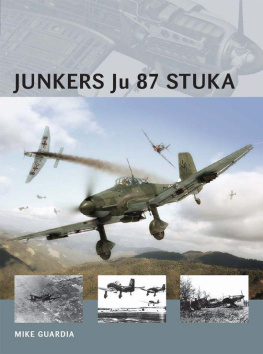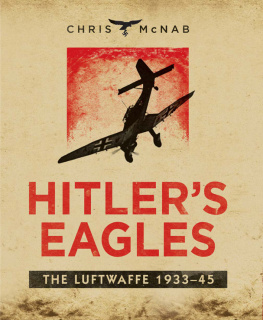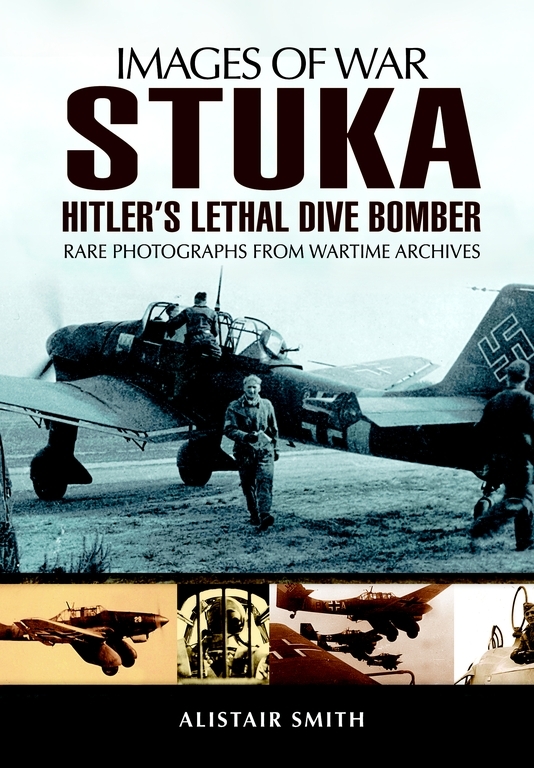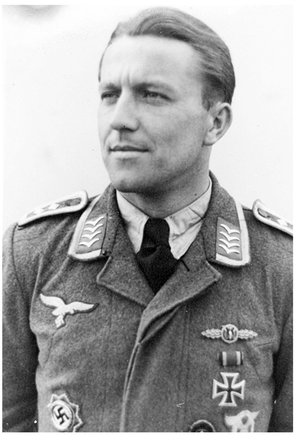Bibliography
Aders, Gebhard, Stuka: Dive Bombers, Pursuit Bombers, Combat Pilots, Schiffer, 2004
Filley, Brian, Don Greer and James G Robinson, Ju87 Stuka in Action, Squadron Signal Publications, 1986
Griehl, Manfred, Junkers Ju87 Stuka, Crowood, 2001
Just, Gunther, Stuka Pilot Hans-Ulrich Rudel , Schiffer, 1990
Ketley, Barry and Mark Rolfe. Luftwaffe Fledglings, 1935-1945. Hikoki Publications, 1996
Smith, Peter, Stuka Spearhead: The Lightning War from Poland to Dunkirk, Greenhill, 1998
Smith, Peter, Junkers Ju87 Stuka, Crecy, 2011I
Ward, John, Hitlers Stuka Squadrons, Zenith Press, 2004
Chapter One
Portraits
The album has an interesting selection of professionally posed portraits, as well as snapshots of individuals. It would appear that the vast majority of these photographs, particularly those of Erich Heine, were taken at the very beginning of his Luftwaffe career. Having been born in 1921, Erich at the outbreak of the Second World War would have been just eighteen. Exhaustive searches have not been able to identify exactly when Erich joined the Luftwaffe, but we are able to see that his training as a Stuka gunner and radio operator was very typical. However, the very first portrait that appears in the album is not of Erich himself but it is a signed photograph of Hans-Ulrich Rudel. It would also appear that from at least one other photograph in the album Erich was either at the same airbase or perhaps in the same unit as Rudel at some stage in his career. It would also suggest that the photographs were taken relatively early in Rudels own very illustrious service in the Luftwaffe, as there is a photograph of him and what is probably his own gunner and radio operator celebrating their successful 200th combat mission.
The vast majority of the photographs of Erich show him as a basic airman, or aircraftsman. The official German rank would have been Flieger, a standard enlisted man. As a potential member of the aircrew his collar tabs are far more prominent on his Luftwaffe uniform, as they were a gold/yellow colour. Each of the enlisted ranks and the officer ranks were designated by a number of wing-shaped emblems on the collar tab. A basic aircraftsman like Erich would have had just one, whereas a senior airman or lance corporal and up to the rank of chief master sergeant, or warrant officer, would have four. These wings were also visible on the officer ranks, along with other insignia.
This is a signed photograph of Hans-Ulrich Rudel. He flew over 2,500 combat missions and it is believed that he was also the most highly decorated German serviceman of the Second World War. Rudel was also the only man that was awarded the Knights Cross of the Iron Cross with Gold Leaves, Swords and Diamonds.
Rudel had been brought up as a Lutheran in Silesia in the immediate aftermath of the First World War. Even as a child he was very sporty and after passing his high school diploma he joined the Luftwaffe as an officer cadet in 1936. He was actually considered to be a poor flier and unsuitable as a combat pilot. As a result, he was sent to an operational reconnaissance unit. Rudel, unperturbed by his non-combat role, seized his opportunities during the Poland campaign in 1939. At that stage he was an observer and carried out a series of perilous long-range reconnaissance flights over Poland. This culminated in his winning the Iron Cross Second Class in October 1939. He took the opportunity to pester the authorities for re-assignment and they gave in and sent him to Caen in May 1940 to join a dive bomber unit. He was still rated very poorly but again his chance came in June 1941 with Operation Barbarossa. He was awarded the Iron Cross First Class in July and then in the September he and another Stuka pilot sunk the Russian battleship Marat . This was a truly ancient vessel that had been commissioned in 1915. It had been extensively remodelled in the 1920s and 1930s. Incredibly, although she was sunk, she was actually re-floated and played a key role in the defence of Leningrad. But she met her end in the early 1950s when she was finally scrapped.
This individual is believed to be Rudels gunner and radio operator. He has insignia on his lapel that suggests that he is at least the rank of either senior master sergeant or chief master sergeant. We can clearly see that he is wearing an Iron Cross decoration on his left breast and below that we can see one of the many variations of the Luftwaffe flying badges. Above the Iron Cross is the Luftwaffe bomber operational flying clasp. This came into existence in January 1941 and it rewarded bomber crew, including dive bombers. A bronze version would be issued after twenty missions, a silver version after sixty and a gold one after 110 missions.
It is difficult to date this photograph exactly, but assuming this individual remained with Rudel then they had already flown their 400th combat mission by December 1941. In the January of 1942 Rudel received the Knights Cross of the Iron Cross and just over a year later he became the first ever pilot of any nationality to fly 1,000 combat missions. It was a remarkable feat, regardless of Rudels own Nazi sympathies. The life expectancy of Stuka crewmembers, certainly as the war drew on, was exceptionally short. Despite the fact that he had been branded as a poor pilot early on in his career, it is a truly remarkable feat that he managed to accomplish over 2,500 combat missions and was still alive.
It is possible that the man in this photograph is Gadermann, as he is mentioned in Rudels memoirs relating to an episode in 1944, although available photographs of Ernst Gadermann do not confirm this.
It is difficult to precisely date this photograph, although the assumption is that this is between June 1941 and December 1941. This photograph celebrates the 200th successful combat mission of Rudel and his rear gunner. After Rudel had flown his 1,000th sortie in February 1943 he would go on to destroy around 100 Russian tanks during the battle of Kursk in the autumn of that year. Rudel had clocked up 1,800 sorties by March 1944. In November 1944 he received a wound in the thigh but continued to fly with his leg in a plaster cast. His luck nearly ran out on 8 February 1945 when he was over enemy territory and an anti-aircraft shell hit his Stuka. Rudel was badly wounded in the foot and he crash-landed. Gadermann managed to stop Rudels bleeding but his injury was too severe and he had to have his leg amputated below the knee. Undaunted, he recommenced combat in late March 1945 and continued fighting against the Russians until the very end. He then led three Stukas and four Fw 190s from Bohemia to Kitzingen in Bavaria to land and then to surrender to American forces on 8 May 1945. So determined was he to fight on to the very end that he had all the other pilots wreck the aircraft on the airstrip to prevent the enemy from being able to use it.
